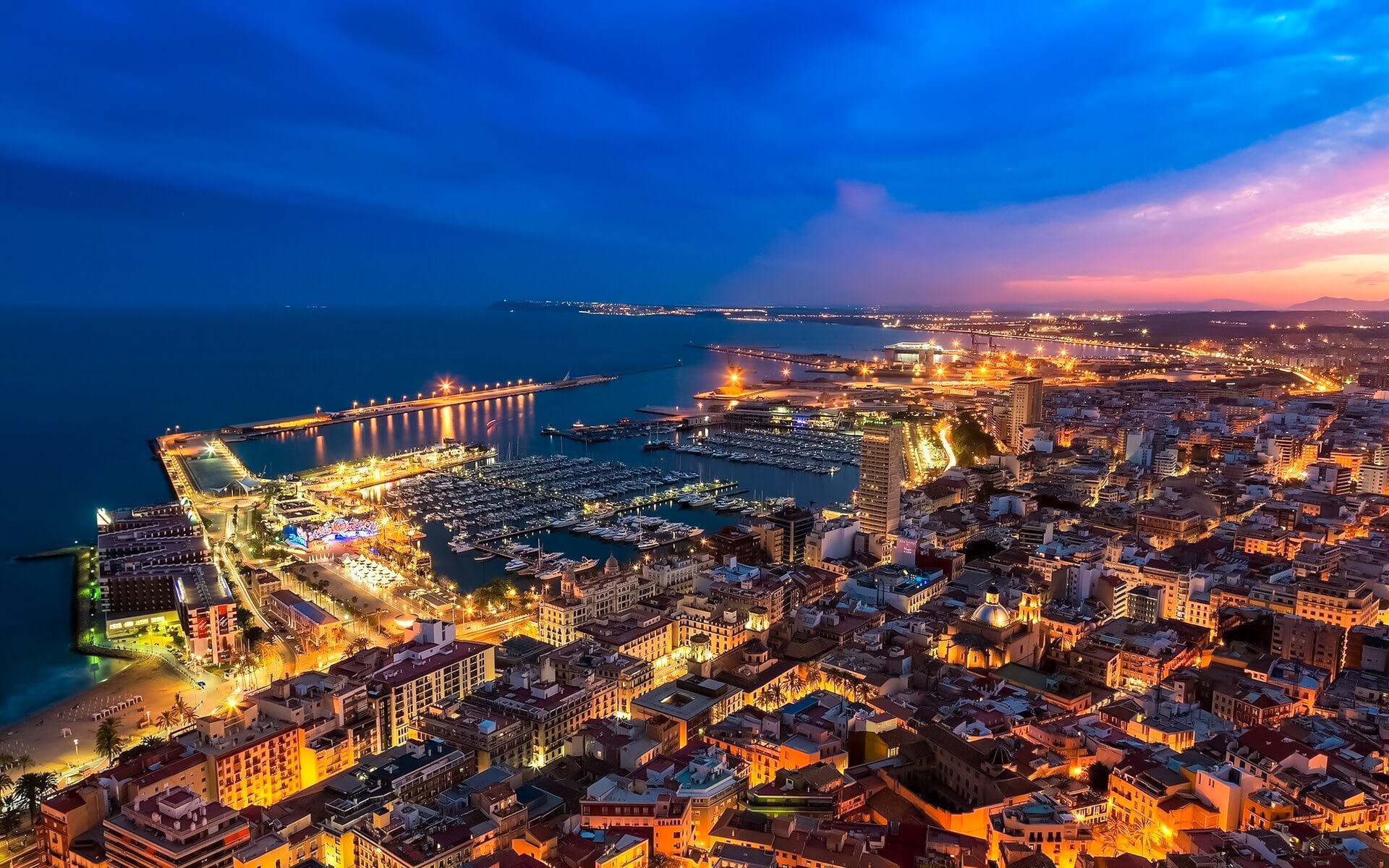Valencia, the capital of the Valencian Autonomous Community of Spain, is a fascinating historic city that is well worth a visit. It is the third most important and populous city in Spain, and the 15th in the European Union, with 810,064 residents in the city proper and 1,832,270 in the Metropolitan Area (INE 2008). It is located on the Mediterranean Sea about four hours south of Barcelona and three hours east of Madrid. Valencia is well-known for its Fallas Festival in March, for being the origin of paella, for hosting the “2007 & 2010 America’s Cup,” and for the huge architectural project The City of Arts and Sciences by Santiago Calatrava.
The river Turia formerly passed through the city center, but it was rerouted and replaced with a lovely park. On a beautiful day, this is a great area to spend whatever spare time you have in the city.
Valencia hosted the America’s Cup in 2007 and 2010. This, together with the creation of the “City of Arts and Science” by famous architect and Valencian Santiago Calatrava, has transformed Valencia into a city in transition. Massive building and renovation over the past ten years have transformed a once-underappreciated middle city into a meatier and more fascinating destination.
Despite its location on the Mediterranean Sea, people used to remark that “Valencia has always lived with its back to the sea,” implying that the city’s essence and center are not necessarily merged with its beach. The beach is not especially near to the city center or the most popular areas. However, the development of the city esplanade in the 1980s, as well as the marina and the reintroduction of the tram to the marine districts, have helped to soften this position.
Valencia was built by the Romans and ruled by the Moors from the eighth to the thirteenth centuries (with a short interruption by El Cid). Moors who had converted to Catholicism were exiled from the city in 1609. During the 1930s Spanish civil war, Valencia served as the capital of the Republic, which was finally defeated by Franco’s army.
MAIN SIGHTS
Valencia Cathedral, the Torres de Serrans, the Torres de Quart (es:Torres de Quart), the Llotja de la Seda (declared a World Heritage Site by UNESCO in 1996), and the Ciutat de les Arts I les Ciències (City of Arts and Sciences), an entertainment-based cultural and architectural complex designed by Santiago Calatrava and Félix Candela, are among the major monuments. The Museu de Belles Arts de València has a substantial collection of paintings ranging from the 14th to the 18th century, including works by Velázquez, El Greco, and Goya, as well as an important series of engravings by Piranesi. The Institut Valencià d’Art Modern (Valencian Institute of Modern Art) features both permanent and changing exhibitions of contemporary art and photography.
TOURIST INFO
Tourist Info Valencia. All offices offer the Valencia Tourist Card, as well as tickets to numerous sites, and can assist with restaurant and concert bookings, as well as arranging bus, cycling, and walking excursions.
- Tourist Info Valencia – Reina, Plaça de la Reina, 19 (Main Office), +34 963 153 931, fax: +34 963 153 920, e-mail:infoturistica@turisvalencia.es. M-Sa 09:00-19:00, Su and holidays 10:00-14:00; closed 25 Dec and 1-6 Jan.
- Tourist Info Valencia – Ayuntamiento, Plaça de l’Ajuntament, s/n (booth in the plaza by city hall), +34 963 524 908. M-Sa 09:00-19:00, Su and holidays 10:00-14:00; closed 25 Dec and 1-6 Jan.
- Tourist Info Valencia – Airport, Planta de Llegadas (Arrivals Hall), +34 961 530 229, fax: +34 961 598 451, e-mail:infoturistica-aeropuerto@turisvalencia.es. Mar-Oct: M-F 08:30-20:30, Sa Su and holidays 09:30-17:30; Nov-Feb: M-F 08:30-20:30, Sa 09:30-17:30, Su and holidays 09:30-14:30; closed 25 Dec and 1-6 Jan.


